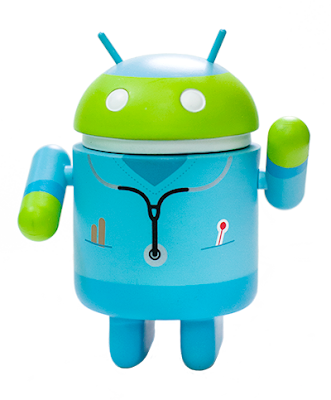 ☰
🔍
☰
🔍
06 June 2013

Posted by Ellie Powers, Google Play team
Google Play gives you tons of options on publishing your apps and connecting with users. But as you get started with new features like beta testing and staged rollouts, it’s a good idea to do a checkup and make sure you’ve covered the basics.
In order to publish an update to an existing app, you’ll need to sign it with the same keystore every time. If you lose your keystore, you’ll lose your history and reviews, so you’ll need to start over with new apps with new package name and a new key, so you’ll want to make sure you protect it. First, choose a secure password, and don’t use the same password that you use for your Google account. Next, back up your keystore somewhere, but don’t upload it to Google Drive with an account you use to publish on Google Play.
As a developer, you are responsible for checking two important email addresses:
We recently launched some new guides and examples for Google Play’s Developer Program Policies and Developer Distribution Agreement. Note that once you publish an app as free, you can’t change it to a paid app later, though you can add in-app products.
You may have many people involved with your Google Play apps. Make sure roles are clear in terms of whose job it is to publish updates, check statistics and optimization tips, read and reply to user reviews, and track revenue. Make sure all of these people have the right access to the Developer Console. Many developers who are part of larger organizations also report to their larger teams about their apps’ performance. Designate someone to make sure your app description, graphics (including localized and tablet screenshots), and pricing are up to date.
To change the language you want to see the Developer Console in, set your primary language. If you speak additional languages, configure those, too — user reviews in those languages won’t be translated automatically in the Developer Console. That was a popular request from developers.
To make sure you’re aware of the latest Google Play updates for developers, make sure you check the Android Developers blog regularly, follow +Android Developers, and check the Developer Console regularly for announcements.